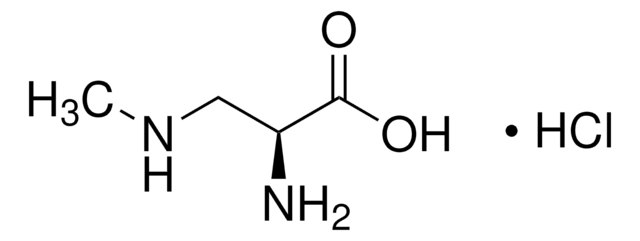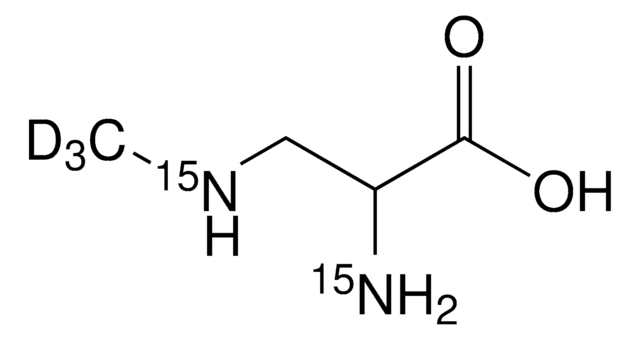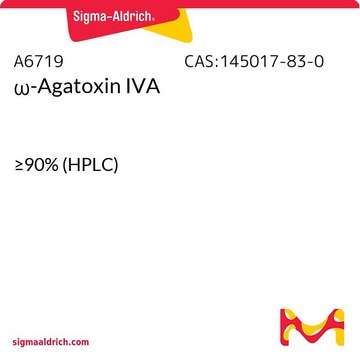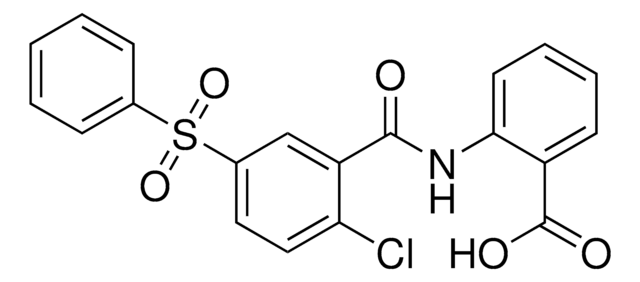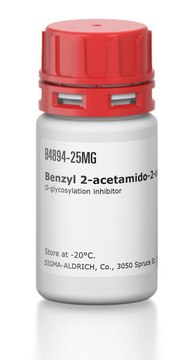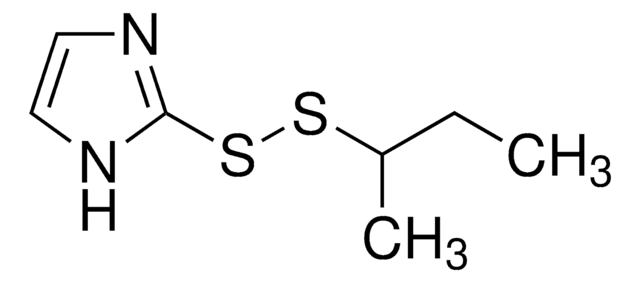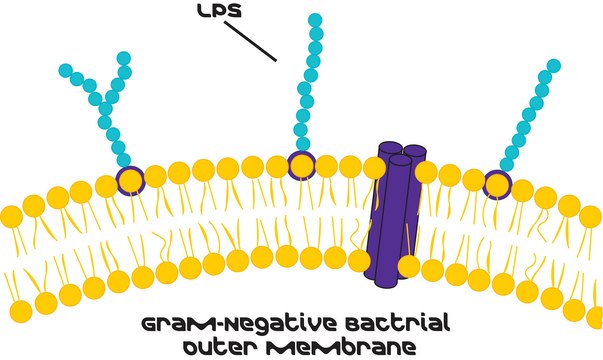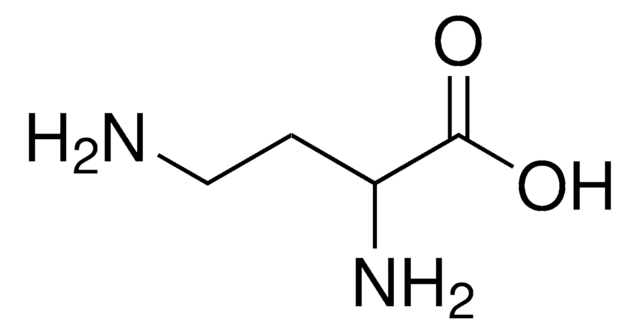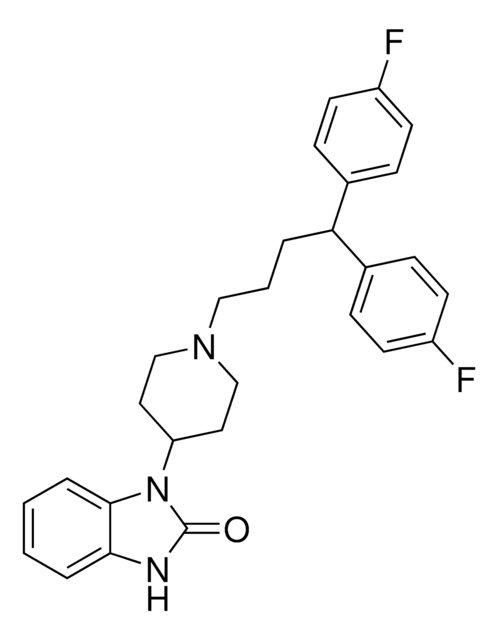推荐产品
储存温度
2-8°C
SMILES字符串
CNCC(N)C(O)=O
生化/生理作用
Neuroexcitotoxic amino acid; may be involved in Guam amyotrophic lateral sclerosis
储存分类代码
13 - Non Combustible Solids
WGK
WGK 3
闪点(°F)
Not applicable
闪点(°C)
Not applicable
个人防护装备
Eyeshields, Gloves, type N95 (US)
法规信息
新产品
Blue-green algae or cyanobacteria in the intestinal micro-flora may produce neurotoxins such as Beta-N-Methylamino-L-Alanine (BMAA) which may be related to development of amyotrophic lateral sclerosis, Alzheimer's disease and Parkinson-Dementia-Complex in humans and Equine Motor Neuron Disease in horses.
Steven R Brenner
Medical hypotheses, 80(1), 103-103 (2012-11-14)
Shark fin consumption may expose people to neurotoxic BMAA.
Wendee Holtcamp
Environmental health perspectives, 120(5), A191-A191 (2012-05-03)
W Broc Glover et al.
Analytical chemistry, 84(18), 7946-7953 (2012-08-22)
β-methylamino-l-alanine (BMAA) is a naturally occurring nonprotein amino acid originally discovered in cycad seeds and traditional foods of the Chamorro people of Guam. Recent research has implicated BMAA as a potential factor in neurodegenerative disease and described the production of
Liying Jiang et al.
Analytical and bioanalytical chemistry, 405(4), 1283-1292 (2012-11-28)
The cyanobacterial neurotoxin β-N-methylamino-L-alanine (BMAA) is an amino acid that is putatively associated with the pathology of amyotrophic lateral sclerosis/Parkinsonism-dementia complex (ALS-PDC) disease. It raises serious health risk concerns since cyanobacteria are ubiquitous thus making human exposure almost inevitable. The
Elijah W Stommel et al.
Medical hypotheses, 80(2), 142-145 (2012-12-19)
Sporadic amyotrophic lateral sclerosis (sALS) is a fatal neurodegenerative disease with no known cause. There are many clues to suggest an environmental trigger for the disease, including reports of conjugal couples and co-localized employees that developed sALS. On the island
我们的科学家团队拥有各种研究领域经验,包括生命科学、材料科学、化学合成、色谱、分析及许多其他领域.
联系技术服务部门